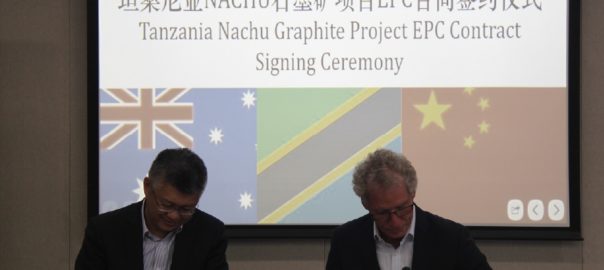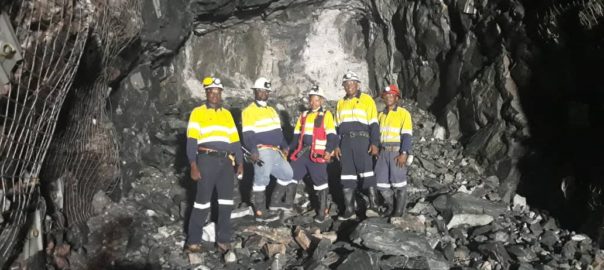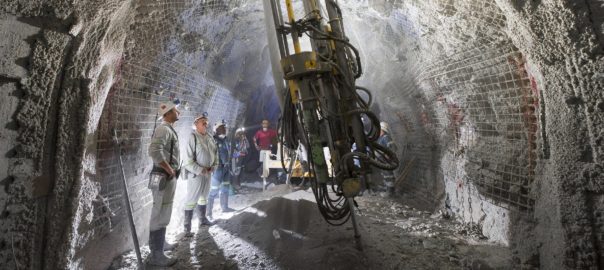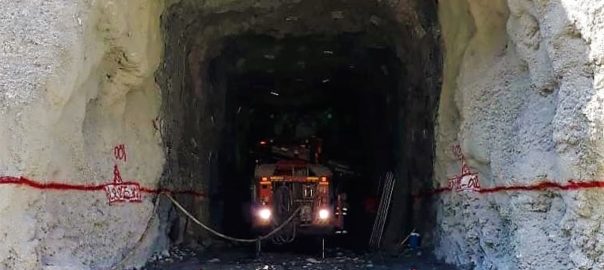Metallurgical Corporation of China (MCC) is to deliver a turnkey solution for a 240,000 t/y graphite production facility at Magnis Energy Technologies’ Nachu project, in Tanzania, following the signing of a binding engineering, procurement and construction (EPC) contract between the two companies.
The $277 million contract will also allow Magnis to access project funding support from the China Export Credit Agency, the ASX-listed company said, adding that initial meetings between all parties had indicated financing of no less than 80% in debt or delayed payments could be achieved in the first half of the year.
Nachu reserves, according to a 2016 study, total 76 Mt at 4.8% Cg for 3.6 Mt of contained graphite, with this tonnage providing sufficient material for an initial operating life of around 15 years.
This comprises close to 11.7 years at 240,000 t/y nameplate concentrate output after which lower-grade ore stockpiles are processed for another three-and-a-half years at an average concentrate output rate of 160,000 t/y.
Magnis said the contact provides a turnkey solution to produce high-purity graphite products and is inclusive of all items and inventory, including but not limited to the processing plant, infrastructure including roads, power, worker camps and storage facilities.
Vice President of MCC International, Wang Zhou, said: “The Nachu project is very unique and is one of the most impressive graphite projects I have seen to date. In particular, our team has been very impressed with the high purity products it can produce, minus any purification.”
Magnis Managing Director, Marc Vogts, meanwhile, called Nachu Tanzania’s most advanced graphite project.
“With the ability to produce 99.95% graphite products via mechanical processes only, Magnis is in a unique position to become a leader in the production of anode materials for the rapidly growing battery market,” he said.











